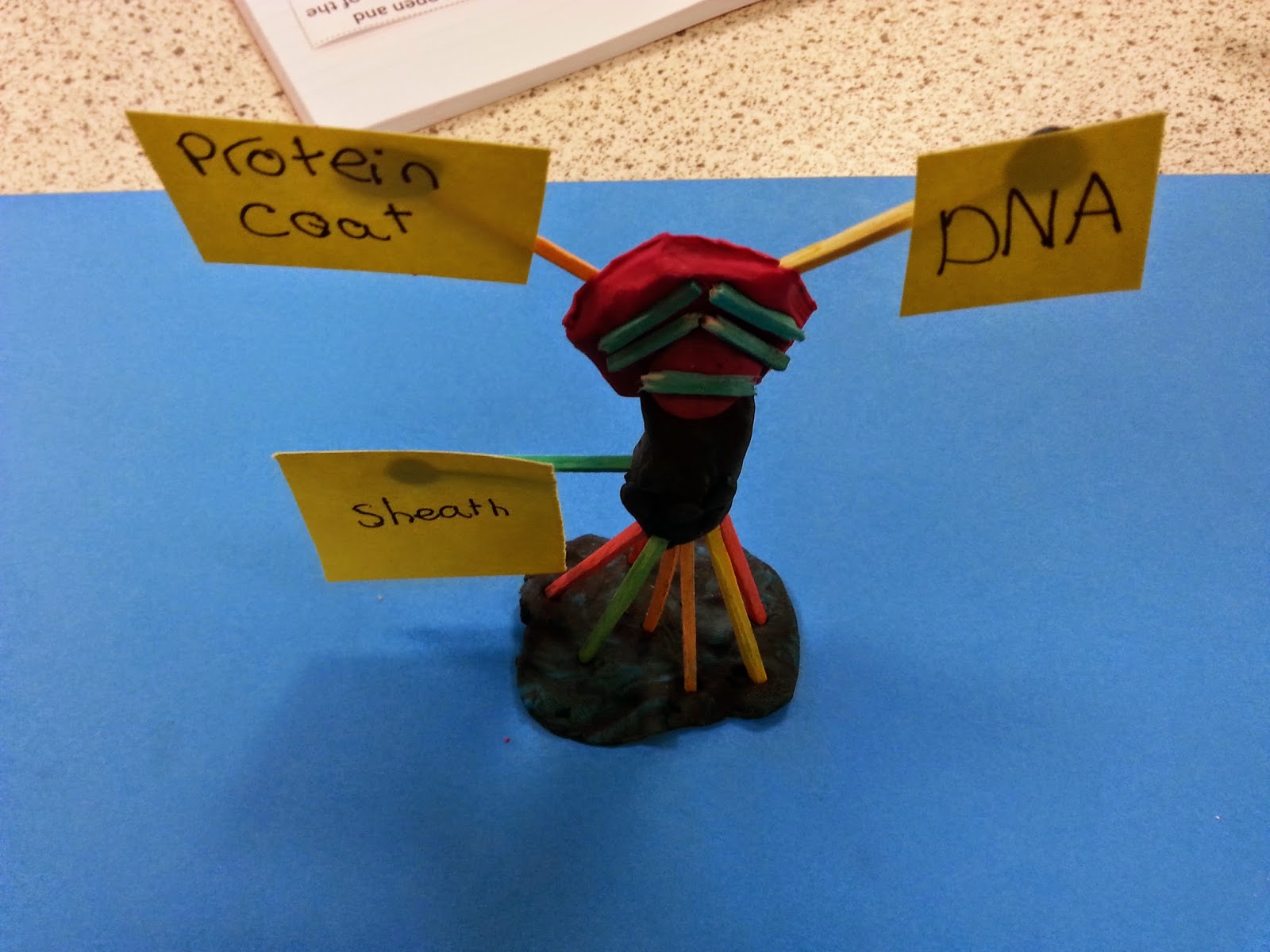Burning magnesium in a crucible is a great experiment for explaining several concepts:
- differences between elements and compounds
- conservation of mass
- stoichiometry
Weigh the magnesium before burning.

Weigh the lid and crucible empty.
Heat the magnesium in the crucible. Keep the lid on lifting only periodically to allow more oxygen in. Keeping the lid off for too long will lead to loss of material. Stop heating when the magnesium oxide stops glowing.
You can tell magnesium oxide has been formed due to the colour change: silver to white. You can also tell by the increase in mass.
Using the symbol equation you can deduce the stoichiometry (mole ratios) and hence how much magnesium oxide you should make.
Therefore if you use 24g of magnesium, you should make 40g of magnesium oxide. If you use 1g of magnesium instead then you can deduced the mass of magnesium oxide made by doing 1/24 x 40.
I usually get my students to compare the mass of magnesium oxide they made with the mass they should have made and then take it as a percentage.
All in all, a very useful experiment for teaching.













